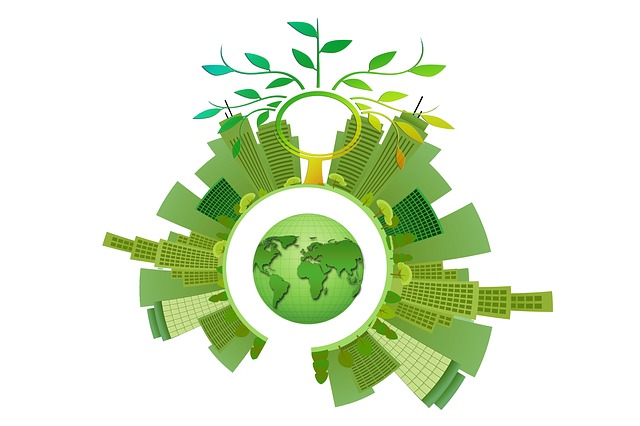Investing in people is like watering a garden, watching them grow until they blossom. Indeed, the metaphor carries the important lesson that fostering the symbiotic relationship between human and its natural environment can provide many benefits.
Gateway cities have an unlimited amount of potential to transform the lives of its citizens, but they can also promote initiatives and, in doing so, that means also transforming the physical environment. Green initiatives have begun to take root in major cities across the nation, helping to bring economic development and stability to up-and-coming cities. One major way to green a city is to focus on planting trees in local neighborhoods which can have far-reaching benefits and impacts:
The Budding Path to Better Cities
With a focus on creating environmental and energy efficient systems, gateway cities are investing in sustainable projects with the goals of promoting healthier, more economically stable and energy efficient, aesthetically-pleasing cities. Massachusetts alone has spearheaded its own green project called the Massachusetts Greening the Gateway Cities Program (GGCP), utilizing partnerships between local grassroots organizations, gateway cities, and state offices like the Executive Office of Energy and Environmental Affairs (EEA), the Urban & Community Forestry Program, the Department of Energy Resources (DOER), and the Department of Housing and Community Development (DHCD). But what do greening projects focus on and how should these programs help create sustainable environments?
Neighborhood Canopy Cover
Tree canopies are extremely important for the biodiversity and well-being of any community. In fact, they can help save on the cost of energy throughout cities. For example, trees offer shade near homes and other buildings, significantly lowering energy costs. Even trees located up to 1,500 feet away from a home can provide benefits. In studies conducted by the GGCP, tree canopies can lower wind speeds and reduce summertime air temperature. Researchers estimate that every 1% increase in tree canopy above a minimum of 10% canopy cover brings at least a 1.9% reduction for energy and cooling needs, followed by a 1.1% decrease in heating needs. Spread throughout an entire city, this can help maximize on considerable savings in energy costs.
A substantial goal of gateway cities should mirror the GGCP, aiming to plant 5 trees per acre, which will combat the Urban Heat Island effect and decrease summer temperatures in city neighborhoods. In the winter, older trees with thicker trunks and branches can help to reduce wind patterns and heat loss by air infiltration in homes with poor insulation. In areas with high urban activity, planting an average of 5 trees per acre equals about one-third of a block of tree planting. It’s estimated that up to 15-25 households can reap the benefits of tree planting in their neighborhoods. It’s estimated that planting more trees will increase canopy by 5% in 30 years, but ROI is realized within 15 years due to energy efficiency and savings.
The Communal and Economic Benefits
On a mass scale, tree planting can provide economic development for gateway cities including local employment opportunities and economic activity. In addition, tree planting is one of the only energy efficiency programs where nearly all of the investments stay within the local economy due to the employment of local planting teams and growing trees at nearby nurseries. Healthy urban forest ecosystems also provide the benefits of improving water quality in rivers, bays and streams, the oxygen we breathe, and the overall sustainability of our neighborhoods. From a more psychological perspective, it can also help develop our sense of community and pride in the beautification and health of our towns, local relations, and the way we
In particular, Massachusetts’ GGCP focuses this program in neighborhoods with a sizable renting population, older housing, and higher wind speeds. The aim is also to help environmental justice neighborhoods to benefit the most underserved communities.
Of course, there are many ways to keep up with sustainable design in cities. While there are many other ways to help make towns more energy efficient, specifically with the installation of big data and IoT innovations, implementing greening or tree planting programs within these locations is the first and most affordable and efficient steps to support these efforts continuously. If more communities and cities take proactive steps to complete these vital facets of greening gateway cities they can create more sustainable and healthy cities for both people and nature.







